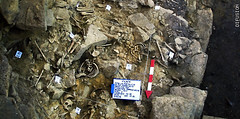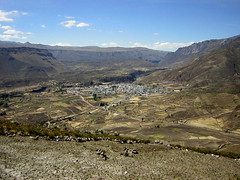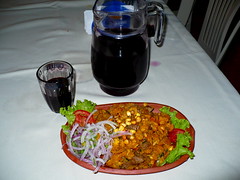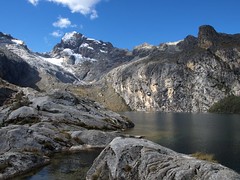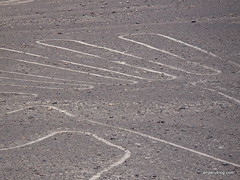Hidden Cusco Travel Ideas
The Cusco region of the Andes is riddled with remnants of what was once the greatest civilization of South America. Because of this, most tourists focus their trip on the city of Cusco, the Sacred Valley and the magnificent site of Machu Picchu.
But there are hundreds of treasures to be visited in the area, most of which can be explored just by adding a few extra days to your stay.
One easy but lesser known full-day trip is a tour of the Southern Valley. The circuit includes a visit to the ruins of Tipon, the fascinating Wari city of Piquillajta and the ‘Sistine Chapel of the Americas’ in Andahuaylillas, before returning to Cusco.
This loop was temporarily used as the back-up when the Sacred Valley became inundated by floods in early 2010.
The ruins of Tipon have been well maintained and are known for the ingenious irrigation system that remain functional to this day, transporting fresh water all around the site from underground springs.
On-site guides are available to help you explore the grounds as you wander along the terraces, stone staircases and the remains of buildings.
From Tipon it is just a short bus ride to Piquillajta, known as the City of Fleas. This city was built in the first century by the Wari civilization and has some of the finest examples of surviving indigenous plastering techniques and the use of lime-coating to cover the thick stone walls. Virtually every other ancient site has long-since lost the plaster work, making this a site of archaeological significance.
The final stop on the circuit is the small and sleepy village of Andahuaylillas. This is a traditional, rural settlement like the many other that dot the pleasant countryside of this region.
However the village has one difference that makes it stand out from the crowd, the magnificently decorated church, known as the Sistine Chapel of the Americas.
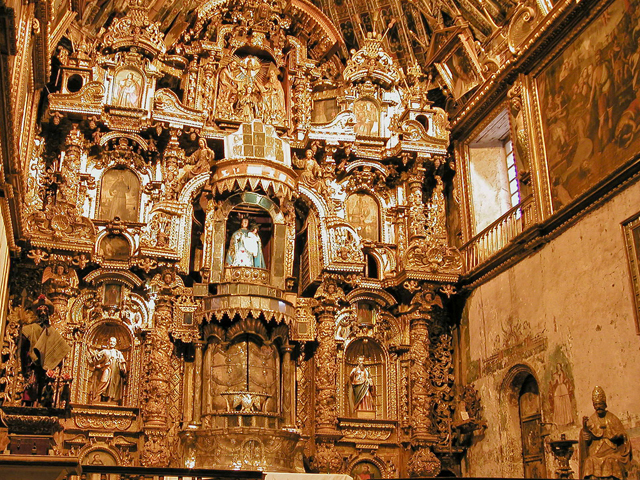
Photo by Gustavo Jeronimo
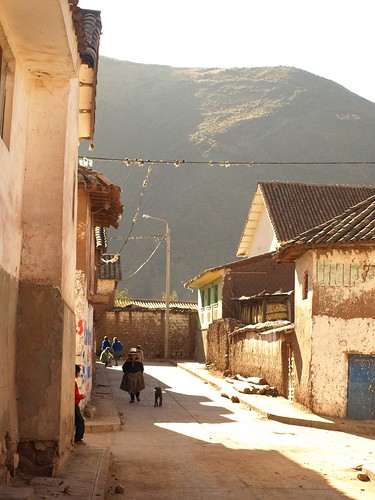
Unchanged traditions in Andahuaylillas
This spectacular 17th century church built on the site of an old Inca Temple hosts spectacular frescoes that fuse both Peruvian and European art styles and techniques. The mix of Quechua, Incan symbols and Christian depictions found in the gold leaf alter and the intricate details along the walls expose the unique historic and artistic significance of this small village church.
The village itself is also well worth an idle stroll before you head back to Cusco, if only to catch a glimpse of how unchanging rural life is in this part of Peru, just a stone’s throw from the tourism metropolis of Cusco and Machu Picchu.
Those strong-of-stomach could even try keeping their eyes open for the red plastic bags displayed outside the adobe houses. The bags are to signify the availability of chicha, a milky corn-based alcoholic drink that is not always appealing to Western palates (or stomachs) but makes for an interesting cultural experience.
Heading South
A guided tour of the southern valley, including all transportation, can be arranged with operators in Cusco, with tours departing early most mornings.
Independently minded travelers can catch a bus (micro/combi) towards Urcos. The same buses ply the road to and from Cusco throughout the day, making it easy enough to hop on and off at each stop, although plan for a a full day of touring. Colectivos (shared taxis) also serve this route.
This guide to the hidden faces of Cusco was written for …en Perú on behalf of Casa Andina, a leading chain of Peru hotels with a collection of five unique Cusco hotels.
Tags: andahuaylillas, cusco, piquillacta, tipon




